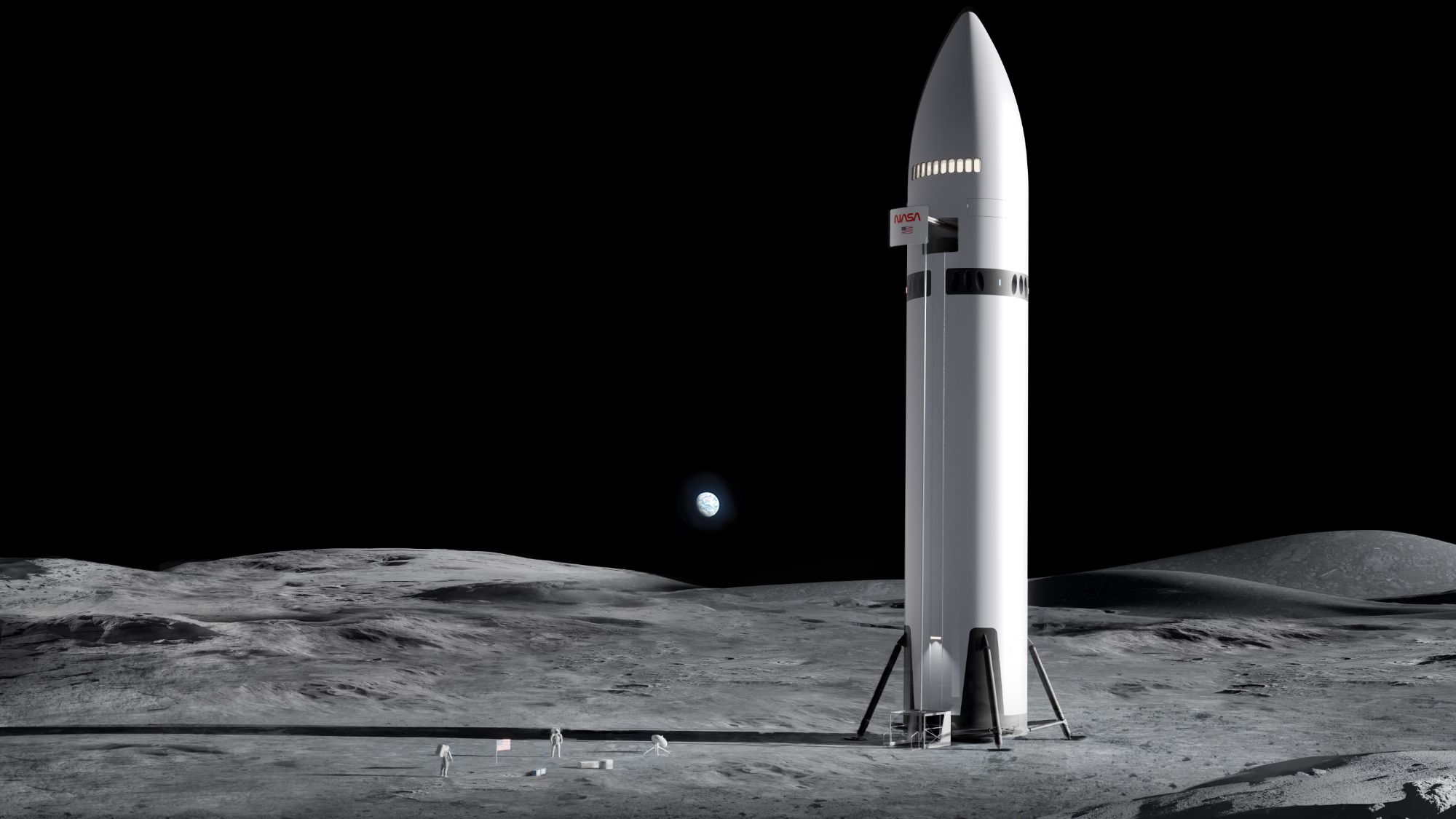A rare twist in the sky calendar is on the way: 2025’s Harvest Moon lands in October — and it doubles as the year’s first supermoon. If you’ve been waiting for a big, bright full Moon to lift the autumn evenings, this is your moment.
I was walking home along a damp London street when the Moon lifted, fat and low, above the rooftops. A bus sighed past, a dog tugged its lead, and that pale disk looked absurdly close — like a lantern inches from a window. Neighbours slowed, heads tilted in the same small arc, the kind you do when a scene insists on being looked at. The air had that crisp, leafy smell you only get when summer finally lets go. The light looked almost edible. You know when the Moon tricks you into thinking it’s bigger than it has any right to be. This one is coming closer.
Why October’s Harvest Moon is rare — and a supermoon
Harvest Moons are the full Moons closest to the autumn equinox, which usually puts them in September. In 2025 the timing nudges the title into October, a shift that always feels a bit mischievous. It changes the mood of the season, too. Fields are browner, hedgerows heavier, evenings earlier. **A Harvest Moon in October carries a deeper, brassier glow**, the kind that makes streetlights look shy and the sky feel taller.
This isn’t unheard of, just uncommon. The Harvest Moon slips into October every few years, depending on how the lunar cycle lines up with the equinox. Think of it as a celestial seesaw settled a notch further along. In 2020 it happened; before that, you might have to cast your mind back another stretch. For observers, it feels like a small gift — that extra tranche of bright, early evening moonlight that people once relied on to finish bringing in crops. A modern echo of late work and long shadows.
There’s more: by most astronomical yardsticks, October’s full Moon in 2025 will be a supermoon. That simply means the Moon is near perigee — its closest point to Earth — at the moment it turns full. The result isn’t cartoonish, just a quiet bump in size and brightness: roughly 7% larger, 14–15% brighter than the average full Moon to our eyes. It’s **the first supermoon of 2025**, with the geometry finally snapping into place after a string of “normal” full Moons earlier in the year. Think of it as a close pass with showman timing.
When and where to look: your best shot
Circle the evenings of 6–8 October 2025. The Moon is officially full around the 6th/7th, and the best theatre happens at moonrise and moonset when it hangs low and looks oversized against buildings and trees. In the UK, aim for just after sunset on the 6th and 7th — around 6.30–7.15pm local time, depending on where you live. Face east for moonrise, west for moonset at dawn. Pick a spot with a clear, low horizon: a park slope, a riverside path, a beach, a hill, a rooftop car park.
Plan B is simple: step outside on both nights. The Moon looks full for more than 24 hours, and that buys you a weather buffer. We’ve all had that moment when a cloud ruins everything, then breaks open like curtains parting. If you’re grabbing photos, keep it steady: brace your phone on a wall, tap to focus on the Moon, slide exposure down a touch. A longer lens helps for detail, but a wide shot with a skyline tells the story. Let the Earth share the frame.
Make it an excuse to look up with other people. **Let’s be honest: nobody really does that every day.** If you want exact times, use a reliable almanac or an app with your location set. You’ll spot the Moon earlier in the east, later in the west, with subtle shifts by region.
“A supermoon isn’t a giant leap in size — it’s a nudge. The trick is catching it low on the horizon, where your brain does the rest,” says a veteran stargazer at the Royal Observatory in Greenwich.
- UK and Ireland: Best moonrise window ~6.30–7.15pm local on 6–7 October; dawn moonset ~6.45–7.30am.
- Western Europe: Moonrise ~7.00–8.00pm local; dawn moonset typically before 8.00am.
- US East Coast: Moonrise on 6–7 October roughly 6.15–7.00pm local; similar on the 7th.
- US West Coast: Moonrise roughly 6.30–7.15pm local; brighter still the next evening.
- Australia/NZ: Look before dawn for a sinking, near-full Moon, then again at the next evening’s rise.
Why this one matters — not just for sky geeks
Standing under a bright autumn Moon changes how a city sounds. Pavements hush, conversations slow, even traffic seems to soften at the edges. The Harvest Moon is bound up with work done and work nearly done, and October lends that story a later chapter — a final blaze before the clocks slip and evenings shrink. You don’t need lore to feel it. You only need a spare ten minutes and a patch of sky. Watch it rise over your street or fall behind the terrace chimneys. Share it with someone you like. The tides will lift a little higher, the shadows will stretch a touch longer, and the year will tilt. That’s the whole show, really — the Earth, the Moon, and the quiet knowledge that they’ll do it again, and we’ll still be here to notice.
| Key points | Details | Interest for reader |
|---|---|---|
| October Harvest Moon | The full Moon nearest the autumn equinox lands in early October 2025 | Explains why this year’s Harvest Moon feels “late” and special |
| First supermoon of 2025 | Full Moon aligns near perigee, appearing ~7% larger and up to ~15% brighter | Sets expectations for what your eyes and camera will see |
| Best viewing windows | Evenings of 6–8 October; moonrise just after sunset is the most dramatic | Simple, actionable timing for stepping outside and getting the shot |
FAQ :
- When exactly is the Harvest Moon full?The peak fullness falls around 6–7 October 2025, depending on your time zone. The disk will look “full” to the naked eye for at least a day on either side.
- Why is it called the Harvest Moon?It’s the full Moon closest to the autumn equinox, named for the extra evening light that once helped farmers bring in crops without lamps.
- What makes it a supermoon?The Moon reaches full phase near its closest approach to Earth (perigee). That proximity boosts apparent size and brightness slightly — a natural, gentle optical upgrade.
- When should I look — early evening or midnight?Catch it at moonrise or moonset. Near the horizon it looks larger against familiar landmarks, and the warm colour can be beautiful. Midnight views are crisp, just less theatrical.
- Will weather ruin it?Cloud can gatecrash the party. Try both main nights and watch for breaks — even a five-minute gap can be gold. If it’s socked in, check the next evening. The show runs more than one night.
Source link

